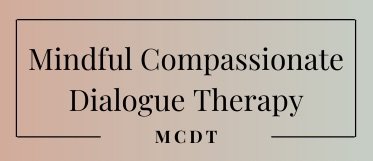Hakomi: a mindfulness, somatic, & experiential approach to change.
Our work together will be customized through use of the Hakomi method, an integrative therapeutic approach.
The basis of the work is fourfold:
to create a caring yet bounded relationship that allows enough safety for you to turn inwards and explore present experiences [cognitive, somatic, emotional, energetic, spiritual, etc.]
to follow those experiences towards the unconscious core material and neural patterns that generate them
to pursue ways to heal old wounds
to support and stabilize new ways of being in the world
The Hakomi Principles:
Mind/Body/Spirit Holism: the assumption that all elements of ones experience are essential
Mindfulness: the value of being genuinely aware of exactly what is happening
Nonviolence: a commitment to respect and loving regard
Truth: the pursuit of the actual nature of things
Unity: an inclusive awareness of the intererrelatedness of things
Organicity: the recognition and honoring of each person's individuality
Change: the trust that things can and will move and evolve"
Hakomi, a pioneer in the use of mindfulness in psychotherapy, employs a strong somatic / experiential orientation. Encouraging focused self-awareness, the client is supported in studying the ways in which movement, gesture, voice, tensions, impulses and so on both reflect psychological material and provide direct access to core transformation.
"The atmosphere is open, creative and full of hope. It sustains both client and therapist through the difficult work of feeling what is at times deeply painful."
- Ron Kurtz, Hakomi Method originator
At the heart of The Hakomi Method is a set of time-honored principles which underlie all aspects of the work. Navigating by these principles, the practitioner approaches both the client and the process with a sense of wholeness, respect, and humility. This framework then translates into concrete clinical skills and thoughtfully designed interventions. Equally important, by being held in this perspective, the client may then be able to internalize these principles as an ongoing source of inner guidance.
(Additional information regarding the Hakomi can be found at www.hakomiinstitute.com)

